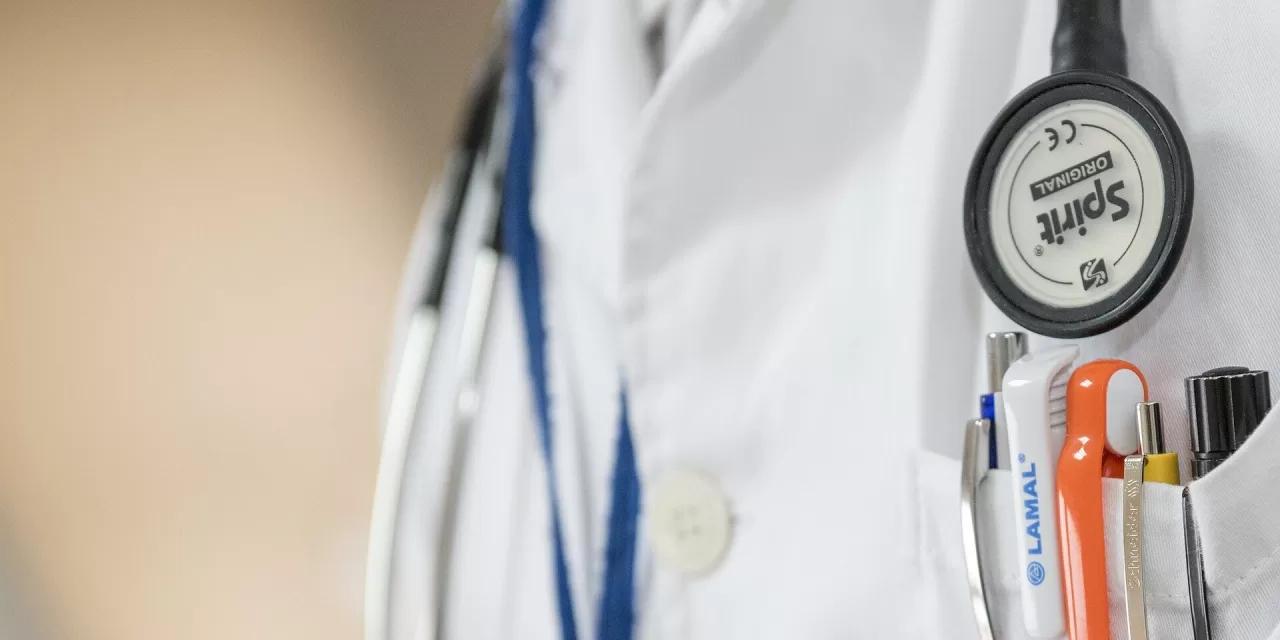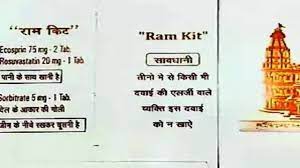New Delhi: The Economic Survey has flagged critical challenges in India’s medical education system, emphasizing the need for affordability, accessibility, and regulatory improvements to meet the growing demand for healthcare professionals. This was highlighted in a report by The Hindu BusinessLine.
Affordability Concerns in Medical Education
Despite regulatory progress, affordability remains a significant barrier. While medical education fees in India are more regulated compared to other professional courses, private medical colleges—which account for nearly 48% of MBBS seats—continue to charge prohibitively high fees. The survey noted that ensuring cost-effectiveness and equity in medical education is crucial to achieving universal healthcare coverage.
High tuition costs have led thousands of Indian students to seek medical education abroad in nearly 50 countries, including China, Russia, Ukraine, the Philippines, and Bangladesh. However, foreign medical graduates often encounter regulatory hurdles when attempting to practice in India. A persistently low pass percentage (16.65%) in the Foreign Medical Graduates Examination (FMGE) raises concerns about the quality of education and clinical training abroad. The survey suggests that while discouraging students from going abroad, keeping domestic medical education affordable is imperative.
Fee Structures and Accessibility
The fee structure for medical colleges varies based on ownership. Government medical college fees are set by respective state governments, while private institutions adhere to a state-appointed committee’s guidelines. The National Medical Commission (NMC) has attempted to regulate fees for 50% of seats in private medical institutions deemed to be universities. However, tuition fees in private colleges remain high, ranging from Rs 60 lakh to Rs 1 crore or more. The report underscores the urgent need to make medical education more financially accessible.
Geographical Disparities and Urban-Rural Divide
The availability of medical education is skewed, with 51% of undergraduate (UG) and 49% of postgraduate (PG) seats concentrated in southern states. Additionally, healthcare infrastructure remains disproportionately urban-centric, with an urban-to-rural doctor density ratio of 3.8:1. This disparity is largely attributed to differences in regional economic development, healthcare demand, and the expansion of medical tourism.
With MBBS aspirants increasing from 16 lakh in 2019 to 24 lakh in 2024, competition remains intense. The National Eligibility-cum-Entrance Test – Undergraduate (NEET-UG) continues to serve as the single entry point for medical education in India and for Indian students aspiring to study abroad.
Expansion of Medical Education and the Road Ahead
India’s medical education landscape has expanded significantly. The number of medical colleges has risen from 499 in FY19 to 780 in FY25, with MBBS seats increasing from 70,012 to 1,18,137 over the same period. Postgraduate medical seats have also grown from 39,583 to 73,157. As of July 2024, India has 13.86 lakh registered modern medicine practitioners, translating to a doctor-patient ratio of 1:1263.
While these numbers indicate progress, the Economic Survey emphasizes the need for further reforms to enhance affordability, accessibility, and equitable distribution of medical professionals nationwide.
Disclaimer: This article is based on the Economic Survey report and the information presented by The Hindu BusinessLine. It is intended for informational purposes only and does not constitute professional advice on medical education policies.











